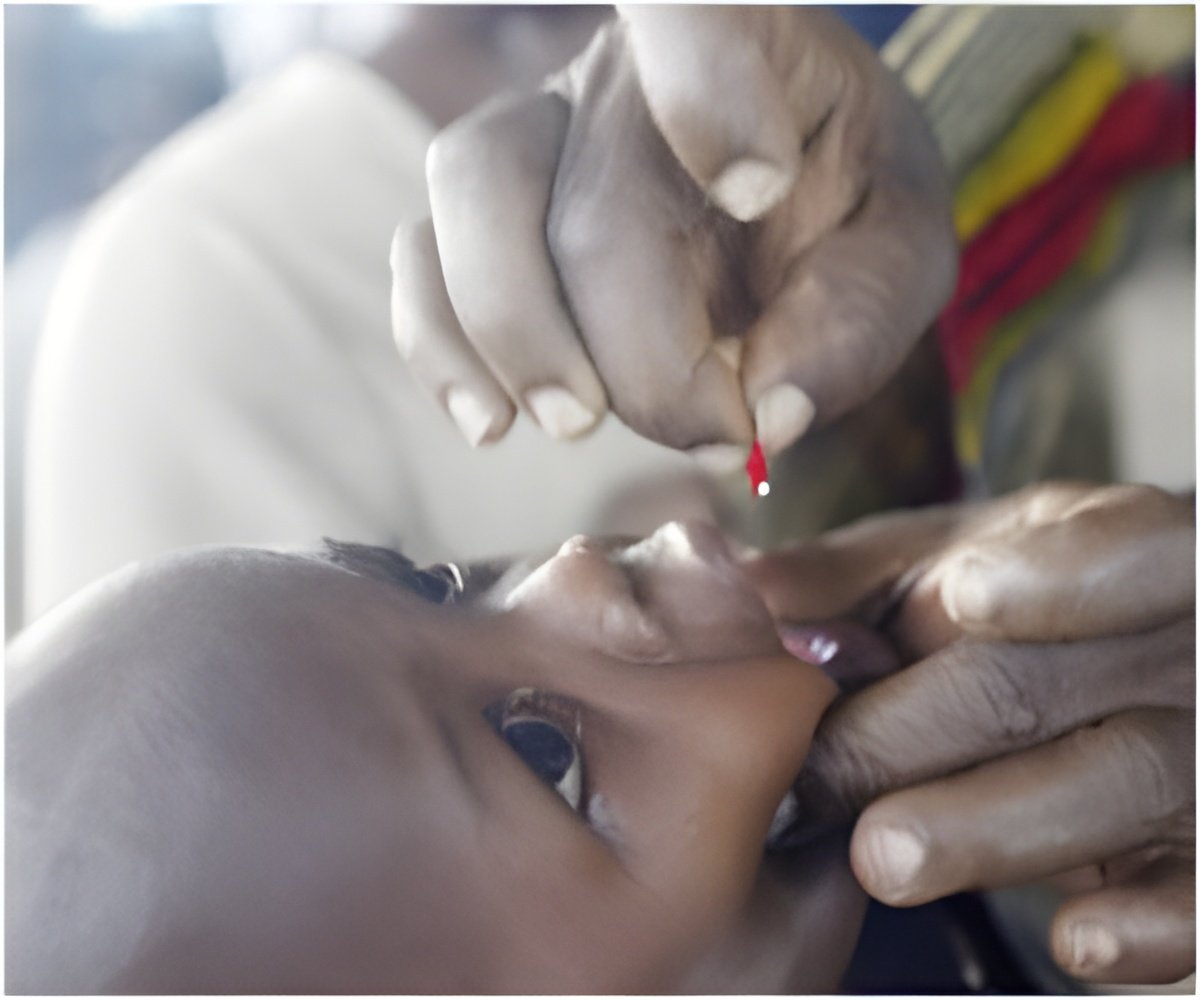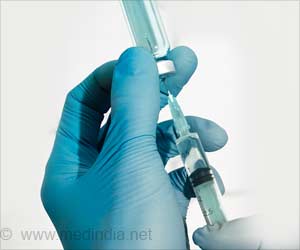
‘New finding leads to the production of a safer, less costly injectable polio vaccine.’
Tweet it Now
Therefore, in a call to action, the World Health Organization (WHO) has urged the scientific research community to develop safer polio vaccines, ideally based on the use of inactivated “killed” Sabin viruses since they are much safer to handle than the “wild” viruses used in IPV production. In response to the WHO request, researchers from USU and BMI, Inc., led by Dr. Michael J. Daly, professor of Pathology at USU, and Dr. Gregory J. Tobin, president of BMI, Inc., applied a synthetic Deinococcus manganese-antioxidant, developed by Daly and his USU team, to the Sabin virus. Then they exposed the Sabin virus to large doses of gamma radiation. The Mn-antioxidant, in turn, preserved the virus protein “shell,” making the killed Sabin virus vaccine highly protective against polioviruses when injected into animals.
Their promising results, “A Novel Gamma Radiation-Inactivated Sabin-Based Polio Vaccine,” were published in PLOS ONE on Jan. 30.
“We have also successfully applied this radiation vaccine approach against alpha viruses, like chikungunya virus and Venezuelan equine encephalitis virus, as well as deadly bacteria like the ‘super bug’ MRSA, for which there are still no licensed vaccines, ” Daly said.
“Equally important to WHO goals is the cost associated with vaccine production,” Tobin emphasized. “The gamma radiation-killed Sabin vaccine is prepared in just hours, whereas killing polioviruses with formaldehyde takes weeks and doesn’t work well on Sabin viruses.”
Advertisement
Source-Eurekalert










